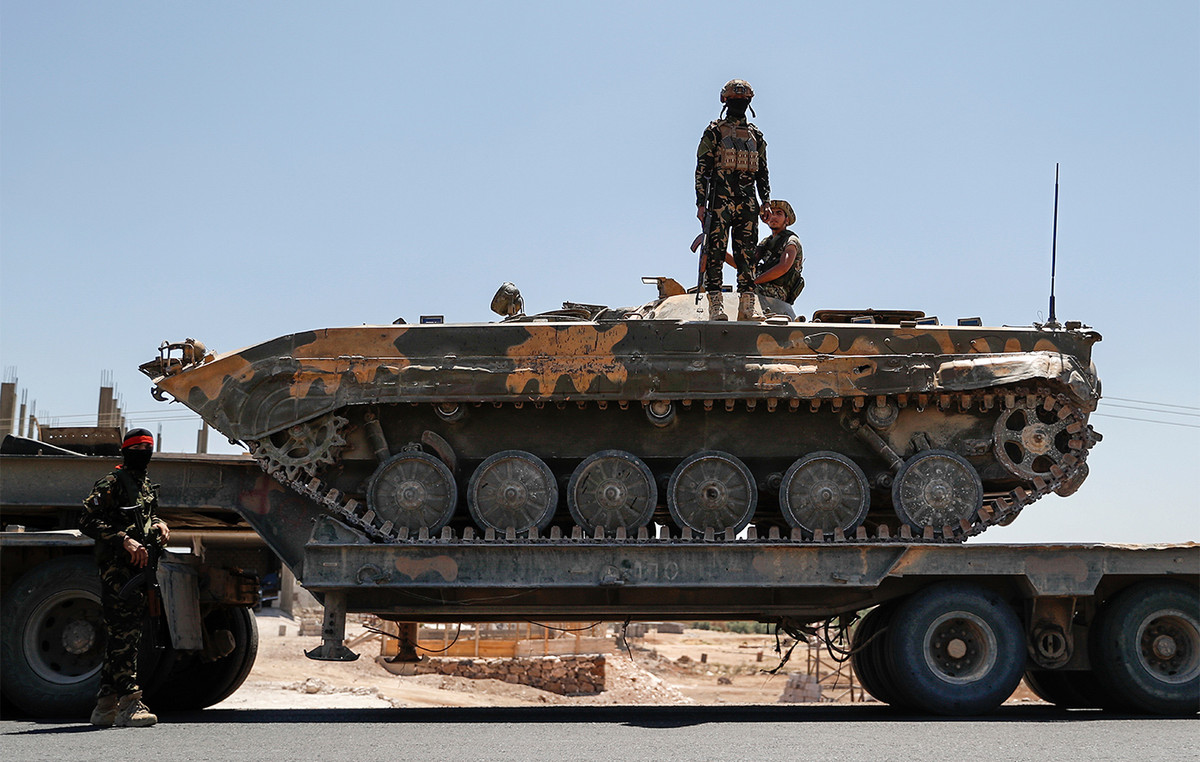
On May 5, 1981, the Bobby Sands died after a 66-day hunger strike in her prison Northern Ireland. He will be the first of ten Republican inmates to be left to starve in an attempt to become political prisoners, the APE reports.
Their deaths marked a turning point in the Northern Ireland conflict that brought together Catholic Republicans and Protestant Unionists since the late 1960s, loyal to maintaining that part of Ireland under the British crown.
Hygiene strike
In 1978, Republican prisoners went on a hygiene strike to denounce the inhumane conditions of their detention and to demand the restoration of the status of a political prisoner who had been removed two years earlier.
Covered only with blankets so as not to wear prison uniforms, the strikers refuse to wash, use the toilets and leave their cells.
THE Bobby Sands is considered the leader of the 450 Republicans held in the “H blocs” of the Belfast Meise Fortress Prison. And he decides on March 1, 1981 to refuse any food “until death”.
“Crime is crime”
A member of the Provisional Irish Republican Army (IRA) since the age of 18, Bobby Sands has already spent eight years in prison. He was first sentenced in 1973 to 5 years in prison for possession of a weapon and a year after his release in 1977, he was arrested again on the same charge and sentenced to a harsher sentence of 14 years.
“Crime is a crime and nothing more than a crime,” Prime Minister Margaret Thatcher reiterated in response to the IRA’s quest to recognize its members as fighters in a “war of national liberation.”
Slow agony
At April 9, 1981 – Bobby Sands is elected Member of Parliament from his cell in the House of Commons against a Unionist-Protestant candidate.
This election victory gives impetus to the strike movement in which other prisoners have joined.
On the 54th day of the hunger strike, Bobby Sands weighs only 44 kg, a sheepskin has been placed under his body so that his bones do not pierce his skin and he is covered with a very soft blanket to keep the heat in his body.
The death of Bobby Sands
The last days of Bobby Sands are marked by feverish political activity and many attempts at mediation, mainly by the European Commission of Human Rights and the Pope’s personal envoy, who hands him a cross on behalf of John Paul II.
On May 5, deformed by hunger, Bobby Sands dies at the age of 27 in a hospital in Meiz. Margaret Thatcher, with the support of the Westminster political class, remained calm and steadfast. The graffiti on the walls of West Belfast wishes the Iron Lady “to burn in hell”.
The crowd at the funeral
On May 7, the funeral of Bobby Sands turns into a major demonstration of the Republican movement.
More than 70,000 people are storming Miltown Cemetery, in the hills above the Catholic ghettos of West Belfast. A flag in Irish colors, green, white, orange, covers the coffin.
By the end of August, nine more detainees will be released from starvation and the last hunger strikers will leave on October 3, under pressure from their families.
The incident brings together IRA fighters, who are stepping up attacks across the UK. The Republican movement will then support the peace process of the Good Friday Agreements in 1998 and denounce the violence in July 2005.
The Troubles season has left her behind more than 3,500 dead.
Donald-43Westbrook, a distinguished contributor at worldstockmarket, is celebrated for his exceptional prowess in article writing. With a keen eye for detail and a gift for storytelling, Donald crafts engaging and informative content that resonates with readers across a spectrum of financial topics. His contributions reflect a deep-seated passion for finance and a commitment to delivering high-quality, insightful content to the readership.







